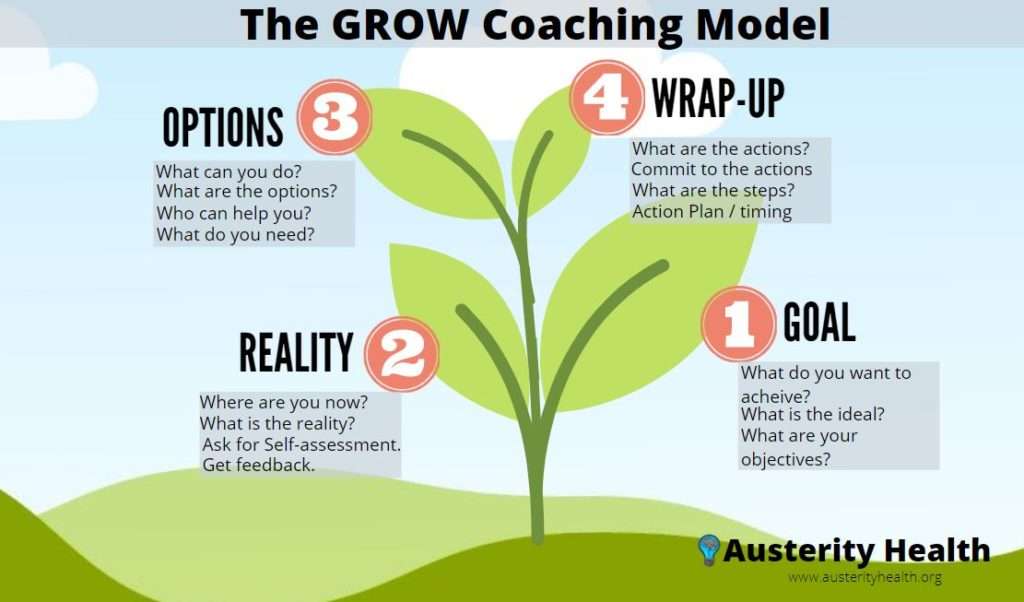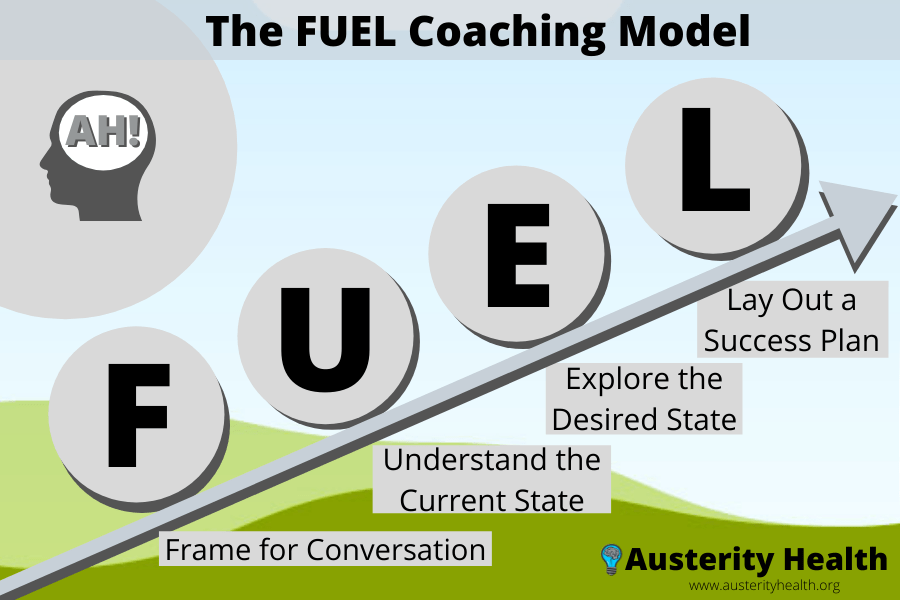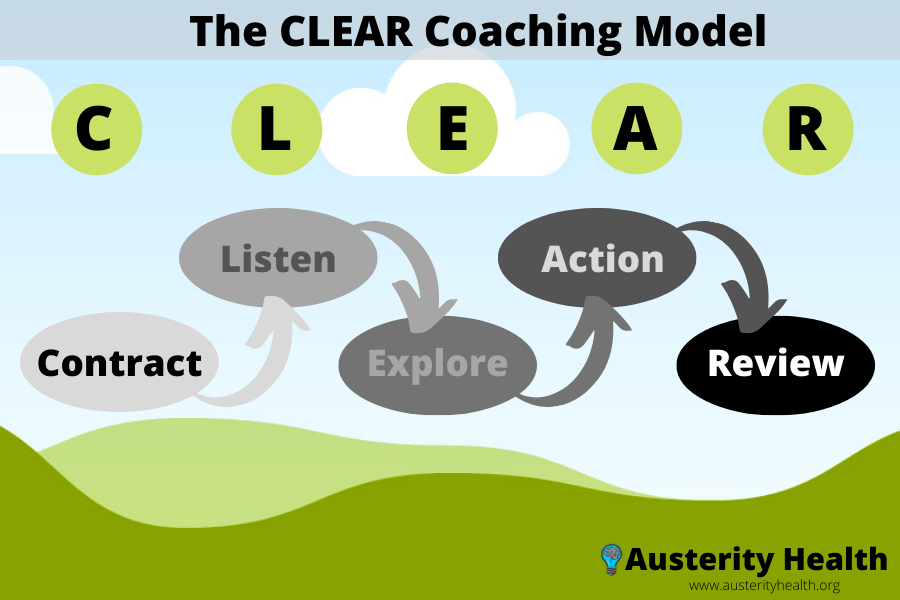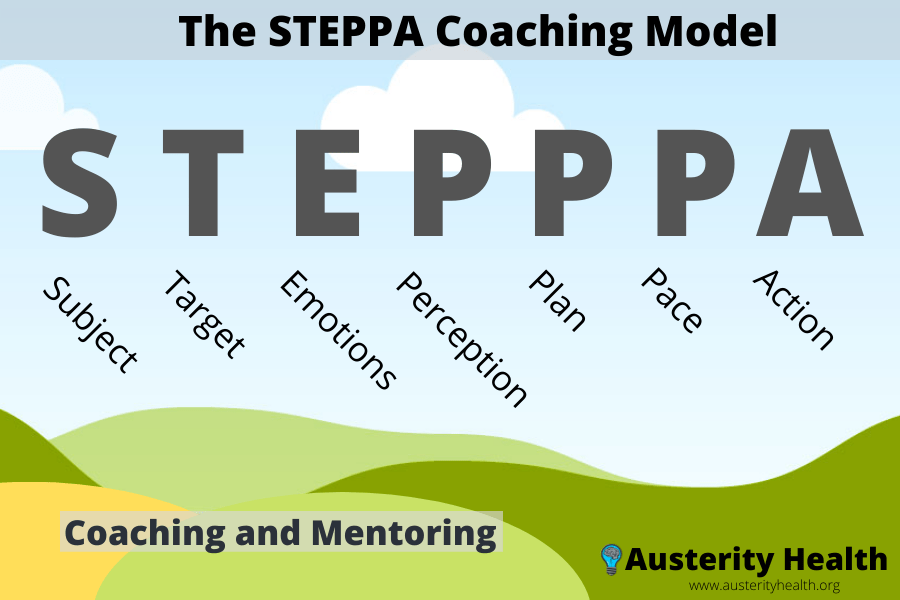Table of Contents
Many coaches, leaders, and teachers are finding it very difficult to stay motivated and in their passion because they feel like they suffer from burnout. Leaders are beginning to ask themselves if they have burnout. Take the FREE Teacher Burnout Quiz now to find out your burnout risk level and receive a custom action plan to overcome your burnout symptoms within 24 hours based on your actual quiz answers.
Why should you think about the major coaching models when deciding to become a coach? Well, many people perceive coaching as a simple and easy task. However, it is a big responsibility, and as a coach, you are responsible for not only your actions but also for the success or failure of your clients.
Thus, in an effort to make the process of coaching as successful as possible, you can utilize different areas of coaching and coaching techniques. In addition, the framework for coaching can vary from client to client as well as from coach to coach. The use of effective coaching models is imperative to ensuring sessions are as targeted as possible.
We will discuss each of the top five major coaching models in detail to assist coaches in their journey to become as universally effective for all types of clients.
“The choice of coaching model depends greatly on the coach, as well as the client, a great coach will be fluent with all four models and use the most appropriate one for the client.”
Aaron Jarrels -a leader in Mindset Coaching
The 5 Major Coaching Models
Here are the top five models of coaching being used by most coaches in the industry today. They are in no particular order, this is simply a list and description, not an in-depth review of the major coaching models.

1. The GROW Model:
Let’s start our list of major coaching models with the GROW Model which is the most popular and widely used in coaching. Created by Sir John Whitmore in the 1980s, the GROW model provides a basic understanding of how to structure your training sessions. This model does not focus on anxiety, depression, or negative thoughts, but rather gives a framework for helping your clients.
It consists of four major stages. These are:
Goal:
We all are familiar with what goals mean. It means before starting a training session with your coachee, you should set a goal or target. In simple terms, you should be clear about what you want to achieve. It provides the primary floor for the entire training session.
Current Reality:
After your client comes up with a goal, it’s time to access their skills, knowledge, strengths, and abilities. Their current reality. It will help to find a relation between their goals and skills. You can use scaling techniques (like using a 1 to 10 scale) to help them define their skills and strengths.
With this info, decide the best course of action. They should attempt to use their imagination to picture what it would feel like to already have their goals met.
Options:
Now, it’s time for you to help your client explore different options available to them. Explore with them their skills and goals. Help show them possible ways they can achieve their goals using their skills. This is also a great time to honestly assess their skillsets and introduce new skills they should consider learning.
Will:
This is the final step, which is a wrap-up stage. Your client should now be able to understand what path they should go down and how to develop new skills. Wrap up with them and measure their will or desire to finish what they started.

2. The FUEL Model:
The second of the major coaching models was developed by John Zenger and Kathleen Stinnett, the FUEL model is another useful coaching model. It involves the use of open-ended questions instead of leading questions. With this model, there is no mention of limiting beliefs or distorted thoughts. Similar to the GROW model, it also consists of four steps. These differ slightly, however, and include:
Frame for Conversation:
It defines how you can start or frame your conversation. It sets the road on which your conversation will go later on. It’s like getting on the same page with your coachee or client. When you can both see things the same communication is clearer.
Understand the Current State:
As its name suggests, you need to as a coach, peer deep inside and identify the current state of your client. This will help you understand where your client stands and what guidance he/she might possibly need. You must learn to use and ask open-ended questions at this stage.
Explore the Desired State:
Ask your client what they want to achieve or what is their desired state. When you know what your client wants it is easier to guide them to it. It is extremely important that you have your client use simple and clear language to describe what it looks like, feels like, sounds like to have reached their desired state. We often fill in blanks left by the clients, with our own definitions. Be sure not to fall into this pattern.
Lay Out a Success Plan:
Finally, it’s time to develop a success plan according to the individual’s needs to help them achieve their targets. It is important to know the skills of the client before trying to create a map to their goal. It only makes sense to create a path they are capable of undertaking.

3. OSKAR Coaching Model:
The next of the major coaching models the OSKAR Coaching Model is based on a solution-focused approach. Thus, it develops a robust framework that helps your coaching sessions to be more focused on solutions than on problems.
Outcome:
This is a goal-setting stage where you take as much time as needed to understand what your coachee or client wants to achieve. It helps to even ask what they are expecting to get from this coaching session. Help them to visualize their goal or goals.
Scaling:
After understanding a clear picture of their goal, use scaling techniques to measure their capabilities and skills. Use a scale from 1-10 to measure their skills. Especially those they will need to obtain their goal.
Know-How:
It’s time to establish an understanding as to what skills will help them to achieve their desired outcomes. This stage is like ‘digging for gold’ and requires a lot of time and resources.
Affirm and Action:
Motivate your client by providing them with positive reinforcement. Explain their positive points and strengths. Moreover, encourage them to take action.
Review:
You may have already guessed it. Yes, this requires giving feedback to your client. Explain all of the areas they are good at and where they need improvement. This takes a gentle forcefulness. They need to feel the need to grow.
Also, read this Article on Empowerment Coaching
4. CLEAR Coaching Model:

The fourth major coaching model, developed by Peter Hawkins CLEAR model shares many similarities with the GROW Model. This coaching model helps clients with transformational change and helps with transformational coaching.
It includes five stages:
Contracting:
Start with developing a clear understanding of what your client’s desired outcome is and what he is expecting to achieve through coaching. Moreover, set rules for your coaching as well. Be clear about what you expect, and what you intend to offer. This minimizes confusion later.
Be sure you have your clients spell out what they see as successful completion of their goals and even coaching.
Listening:
This is the hardest part of this model, it involves actively listening to your client. Ask questions and let your client explain their point of view without any interruption. Do not try to come up with a response before they have finished talking.
Exploring:
At this stage as a coach, you have to explain to your client their emotional connection with the current state. Use mindful and present coaching techniques and ask a lot of questions so their point of reference becomes more transparent.
Action:
Encourage and motivate your client to take action. It is important that you know what motivates them. If you are unsure, you should stop and ask them again what they actually want. Listen for cues about their cognition style. People will often reveal their understanding style when they ask if you “see what they are saying”, “hear what they mean”, “if you follow them”, etc… Use the same phraseology with them to reach them better.
Review:
Give them honest feedback regarding their performance. This can be both negative and positive. Most people are a mix of good and bad. Try to use a compliment sandwich. Try hard to find two positive things and place a negative thing in the middle making a sandwich. This is also a great time to suggest where they could improve, and give them techniques to practice if requested.
Also, read this Article on Intuitive Coaching

5. The STEPPPA Model:
The last in our list of the major coaching models is an excellent coaching model known as the STEPPA Model. It is based on the assumption that our behavior is a direct result of our emotions. Meaning, all our actions are motivated by emotional commitment. Its steps are as follows:
Subject:
Like most other coaching models, the first stage is to identify the goal or the subject of coaching. In other words, why, your client feels the need for coaching.
Target:
Next, identify their desired outcome or target. What is it that they want to achieve from the coaching sessions? If you know what they want as an outcome, you can show when it has happened. Too often people move their goals further out the closer they come to achieving them.
Emotions:
Every decision typically involves an emotion. Try to understand their emotions and what motivates them. Ask questions so you are not guessing. It is important to have a deep and clear understanding of the client’s emotional state, in regards to each decision they make.
Perception:
Try to see their goal from a broader view. Understand the meaning of its purpose, its importance, and what specifically its meaning is for them. When you understand their perspective you can nudge it and help them see things differently.
Plan:
To achieve their goals, they need to make a plan. Assist them with developing a path that can lead them closer to their goals.
Pace:
It is like setting time limits and boundaries for achieving each goal. It gives you a deadline so that you can achieve your target. It applies pressure and accountability.
Action:
Now, it’s time to act. Have them follow their plan step-by-step to achieve their desired outcomes. Be positive and encouraging. Hold your client accountable.

Other FAQ’s
How Many Coaching Models Are There?
There are as many coaching models as there are coaches. Even when coaches start out with a specific model as a launching point, they quickly modify and adapt it to their own specific list of talents and strengths. There is no reason to look up any more coaching models after you find one that fits your personal coaching style. Use it as a jumping-off point to get started or as a tool to help you when you get stuck.
What Are the Best Coaching Models?
The simplest answer to this question is the best coaching model or model is the one that works with your talents and skills as a life coach. If you are at your best as a coach, then your clients will receive the best coaching, and find the most rewarding transformation. After all, the goal of coaching is to assist your clients with finding and/or becoming (transforming into) what they desire.
What Are the Five Coaching Styles?
Democratic Coaching
Authoritarian Coaching
Holistic Coaching
Autocratic Coaching
Visionary Coaching
Developmental Coaching
Intuitive Coaching
Transactional Coaching
Transformational Coaching
ETC…
The truth is there are many, many different styles of coaching, not just the big five. More truthfully great coaching is a harmonious blend of all of the styles with a slight emphasis on one or more specific styles. Don’t get too caught up in trying to determine a specific coaching style, just talk to people and use your intuition.